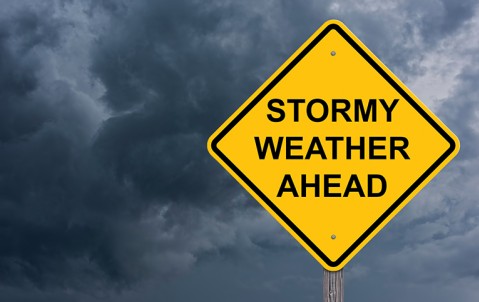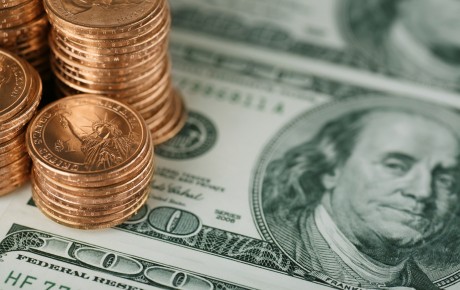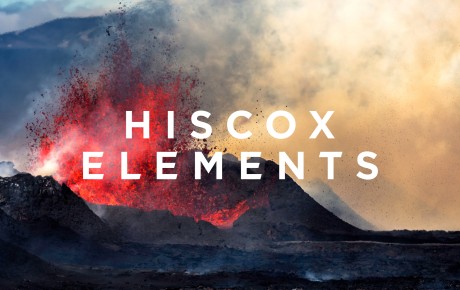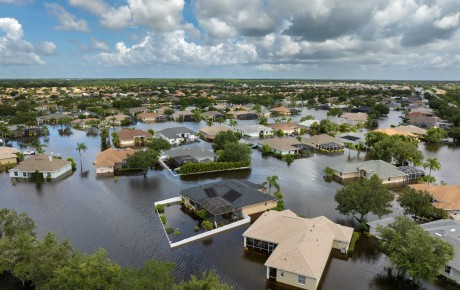
US in the eye of two storms
Hurricane season has begun while the US still grapples with COVID-19. There are fears about how it will cope with both and what that means for homeowners.
For a nation struggling with a COVID-19 epidemic that has already claimed over 122,000 lives, an unusually-active hurricane season is an extra headache the US could do without. The season got off to an ominously early start too, with two named storms brewing before the season even officially began on 1 June. Already, one record has been set: this year is the earliest a named storm starting with the letter ‘C’ has formed, when Storm Christobal made landfall in Louisiana on 7 June bringing heavy rain and flooding to southeastern states.
The National Oceanographic and Atmospheric Administration is predicting as many as ten hurricanes could develop before the season ends in November, six of which could be major (with winds of 111mph or higher) – nearly double the total in an average hurricane season.
The National Oceanographic and Atmospheric Administration is predicting as many as ten hurricanes could develop before the season ends in November, six of which could be major (with winds of 111mph or higher) – nearly double the total in an average hurricane season.
“As Americans focus their attention on a safe and healthy reopening of our country, it remains critically important that we also remember to make the necessary preparations for the upcoming hurricane season,” said US Secretary of Commerce Wilbur Ross.
But there are doubts how the US authorities will cope with a potential string of devastating hurricanes while also dealing with an unprecedented national public-health emergency.
Can FEMA cope?
Concerns are growing that FEMA, the federal disaster-response agency, might be spread too thinly dealing with natural disasters as well as spearheading the national response to the pandemic, while still committed to the long-term recovery effort in dozens of previous catastrophes, such as 2017’s Hurricane Harvey.
FEMA has said it is well prepared for dealing with natural disasters, having been granted an extra $40 billion, doubling its budget for disaster relief, and said it can draft in staff from other federal agencies if needed to help it respond to a catastrophe.
But, lawmakers in Washington criticised the agency’s disaster plans and said its effectiveness could be undermined by key staff shortages as well as a lack of essential supplies and medical equipment due to the pandemic.
Can states cope?
Meanwhile, the most hurricane-prone states – Florida, the Carolinas, Alabama, Georgia and Louisiana – must plan for how to deal with powerful hurricanes hitting their shores when they are already struggling with rising numbers of new COVID-19 cases.
Cases have surged across the southwestern states, with Texas, Florida and South Carolina recording their highest numbers of infections so far on 24 June, filling up hospitals and straining public services. The Texan cities of San Antonio, Houston, Austin, and Dallas/Fort Worth are facing “a dire public health emergency”, one of the state’s leading infectious disease experts warned.
Some states are imposing quarantine restrictions on visitors from Texas and other worse-affected states, putting a question mark over whether evacuees from a hurricane will be welcomed into neighbouring states.
Some states are imposing quarantine restrictions on visitors from Texas and other worse-affected states, putting a question mark over whether evacuees from a hurricane will be welcomed into neighbouring states. Also, renewed lockdowns might need to be imposed if the country is unable to stop the spread of the virus, the World Health Organisation warned.
“It remains to be seen how the pandemic will affect the ability of every level of government, from federal down to state, city and county, to respond to natural disasters,” says Tom King, Property Underwriter at Hiscox London Market.
Pandemic ripping up disaster plans
The pandemic is forcing the authorities to rewrite their disaster-response plans – and they’re advising people living in danger areas to do likewise. “It is time to revise and adjust your emergency plan now,” said Carlos Castillo, acting deputy administrator for resilience at FEMA. “Natural disasters won’t wait.”
Emergency planners are having to rethink how to evacuate and shelter tens of thousands of people in the event of storms and floods without triggering a fresh outbreak of infections. “In 2019, Hurricane Dorian forced the evacuation of one million people across three states. Where would so many people go if the same were to happen this year?” asks King.
The standing advice for those fleeing storms is to find shelter first with family and friends inland, but that may not be possible this year because of public-health measures to control the coronavirus.
Emergency planners are having to rethink how to evacuate and shelter tens of thousands of people in the event of storms and floods without triggering a fresh outbreak of infections.
Public buses, on which many inhabitants in cities like New Orleans depend to get out in an emergency, won’t be able to transport as many people to safety because of social distancing guidelines, so the authorities are thinking of using ride-hailing services like Uber and Lyft to help evacuate people. The prospect is that hurricane escape routes will become even more clogged by vehicles fleeing onrushing storms.
FEMA is considering commandeering hotel and motel rooms to house storm refugees rather than putting so many together in large public shelters like school and sports halls. But, that will mean rented accommodation will fill up even quicker than normal – and the cost is likely to shoot up, as a result. That’s a problem for homeowners without flood insurance, or with policies that don’t cover the cost of moving into temporary accommodation.
More people might decide to try to ride out the storm in their homes. But, says King: “Whereas it might be possible for you to stay in your home if it’s hit by a hurricane, you can’t live in a house that’s inundated with dirty, possibly polluted floodwater.”
Once skies clear, clear-up woes begin
Homeowners’ troubles won’t pass once the hurricane has. The pandemic will mean it’s likely to take a lot more time and money than in the past to repair a flooded home.
Rebuilding costs always jump after a storm, because of the surge in demand for material and labour. But, construction has been one of the industries hardest hit by the pandemic. Nearly a million US building workers were laid off in April; while some of those have been rehired as states tentatively kickstart their economies, the industry remains a shadow of what it was in 2019. Also, with states emerging from lockdown slowly and haphazardly, it might prove even more difficult to get hold of the necessary building supplies in the wake of a major storm.
So, those people whose flood insurance policies only pay out a fixed limit on rebuilding costs might find that pot of money is unlikely to go as far as it would have done in the past, says King. “If you have a $500,000 home that’s effectively been destroyed by a hurricane storm surge, but your policy will only pay you $250,000 then you have a big problem.”
...with states emerging from lockdown slowly and haphazardly, it might prove even more difficult to get hold of the necessary building supplies in the wake of a major storm.
Although US authorities will be fighting on two fronts, the priority will be clear. First, move people out of places threatened by hurricanes and then worry about the risk of COVID-19. As one disaster planner told The Guardian: “If you get Covid there’s a good chance you won’t die. If you get 20ft of water in your house, you’ll probably die.”
But, the pandemic creates so many additional challenges to responding quickly to a hurricane and related flooding, says King, that it’s important those at risk have the added peace of mind of a comprehensive flood insurance policy. “It should be part of every family’s hurricane emergency plan,” King concludes.




